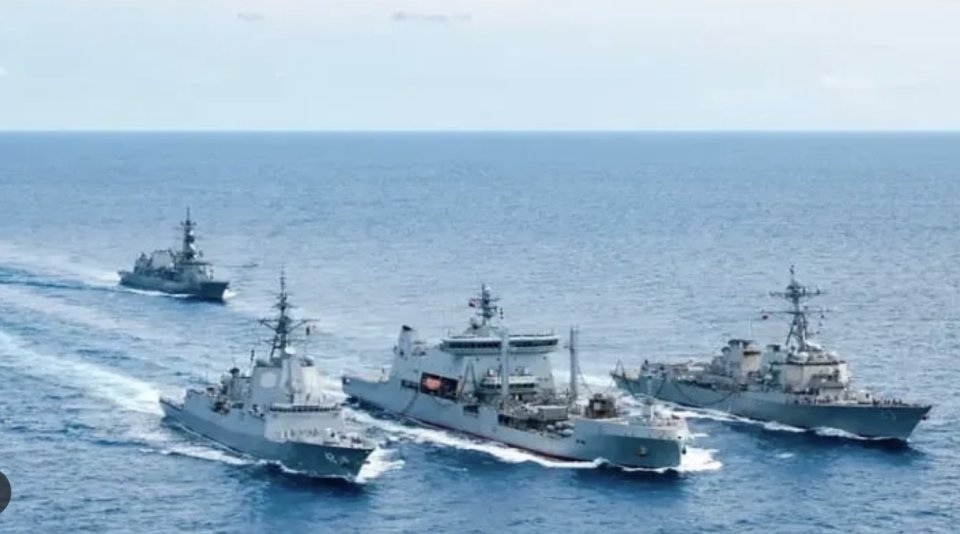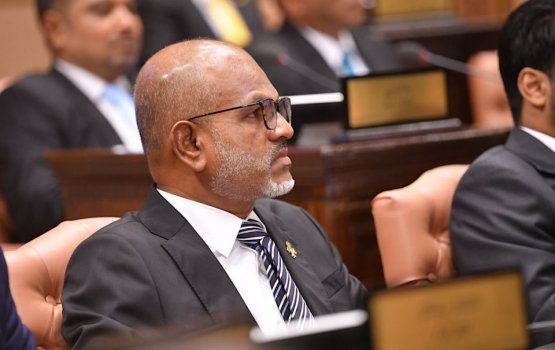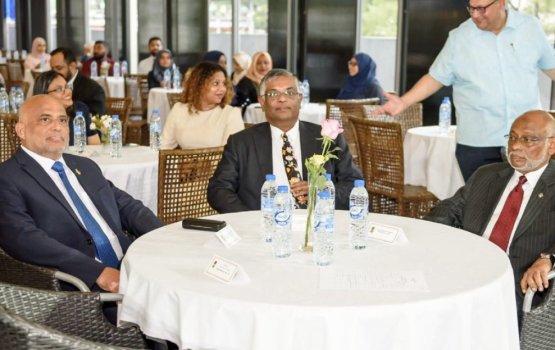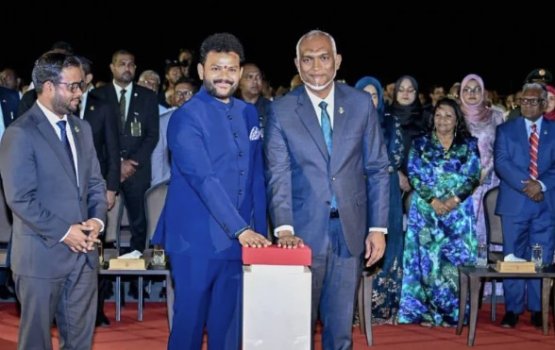New Delhi — In a significant strategic development, India has conducted its first-ever joint naval patrol with the Philippines in the South China Sea, a move that signals deepening defence cooperation and a broader regional pushback against China’s assertive maritime claims.
The deployment is part of India’s Eastern Fleet’s mission to the region, featuring key naval assets including the guided-missile destroyer INS Mysore (D60), the anti-submarine warfare corvette INS Kiltan (P30), and the fleet support ship INS Shakti (A57). The flotilla docked at the Port of Manila ahead of the cooperative maritime activities, which included goodwill engagements and professional exchanges with the Philippine Navy.
According to the U.S. Naval Institute, this joint patrol reflects growing defence ties between New Delhi and Manila, particularly as both nations seek to strengthen maritime security in the South China Sea. The contested waters have long been a flashpoint for geopolitical friction, with Beijing’s enforcement of its “nine-dash line” overlapping with the Exclusive Economic Zones (EEZs) of several Southeast Asian nations, including the Philippines.
The joint operation represents a notable shift in India’s maritime posture, indicating a willingness to take on a more active role in regional security architecture. It follows New Delhi’s increasing support for Manila’s military modernisation initiatives and its backing of a rules-based international maritime order.
Captain John Alcos of the Philippine Navy underscored the significance of the cooperation, describing it as part of a “robust maritime relationship” between the two navies. While details of the patrol remain classified, analysts suggest the mission is intended to enhance operational interoperability and send a clear signal of strategic alignment between India and the Philippines.
India’s involvement adds to a growing coalition of like-minded democracies — including the United States, Australia, Japan, France, and Canada — that have expanded their presence in the South China Sea through joint patrols, freedom of navigation operations, and defence partnerships. The aim, according to experts, is to deter unilateral actions and maintain open sea lanes in a region vital to global trade.
This development also coincides with the upcoming visit of Philippine President Ferdinand “Bongbong” Marcos Jr. to India, highlighting a steady enhancement of bilateral defence ties. In 2022, India signed a landmark deal to supply BrahMos supersonic cruise missiles to the Philippine Marine Corps — a transaction viewed by observers as a strategic military installations in disputed waters, particularly near the Scarborough Shoal.
India’s position on the 2016 Permanent Court of Arbitration ruling, which invalidated many of China’s maritime claims, has also evolved. While initially restrained, New Delhi now advocates for compliance with the verdict, aligning more closely with Manila's stance and international legal norms.
In parallel, India has extended defence credit lines and military assistance to the Philippines, indicating a shift from its traditionally cautious approach to a more assertive regional strategy. (Source: Economic Times)







